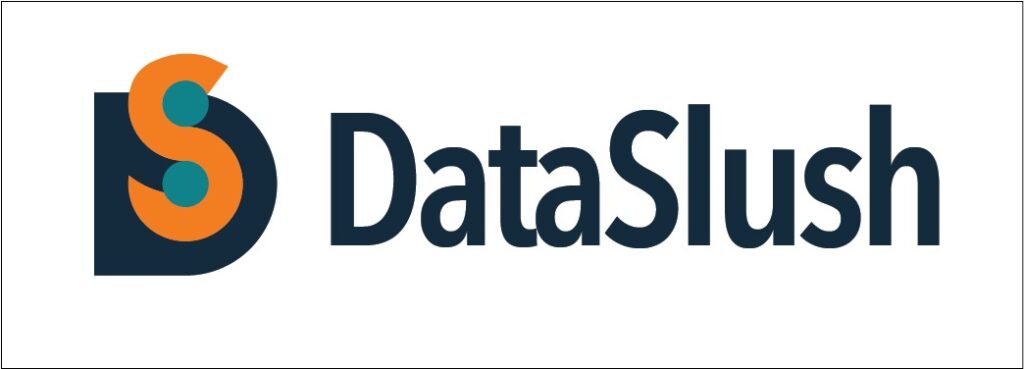In digital marketing, keeping track of how users interact with ads and measuring the success of campaigns is super important. Usually, marketers use tools like Google Tag Manager (GTM) to make this tracking happen. But there are problems with this approach.
Firstly, some web browsers are starting to block third-party cookies, and even Google Chrome is planning to do this in the future. This makes it hard to collect accurate data about user behavior.
Secondly, Server-side tagging, operating on its subdomain, is a strategy to overcome ad-blockers that target third-party cookies. With nearly 40% of internet users using ad-blockers globally, this server-side approach fetches content from a different domain, making it harder for ad-blockers to detect and block, thus increasing the chances of successful content and ad delivery.
So, relying only on tools like GTM on the user’s side has limitations. That’s why marketers are looking into new ways, like server-side tagging, to tackle these challenges and ensure tracking is more reliable and accurate.
Before jumping into server-side tagging, we must understand how client-side tagging works.
How does Client-Side Tagging work?
When running campaigns, marketers often integrate code snippets or pixels provided by marketing platforms onto their websites. This creates a direct communication channel between users’ web browsers and third-party vendor platforms, allowing for the measurement of conversions and traffic sources.

Yet, this client-side approach has drawbacks. Third-party vendors may collect additional user information, employing third-party cookies that can compromise privacy without users’ awareness.
How does Server-Side Tagging work?
Server-side tagging is like introducing an additional layer to the data collection chain of your server that hosts a server-side GTM container.
Instead of being a client-side model between a web server and third-party vendors, you just set up one data stream to the cloud while cutting direct links to different external vendors.
A server is a communication channel between your user’s browser and various marketing platforms. So there is no direct communication channel between our user’s web browser and the third-party vendor’s platform we use to run our marketing.

With server-side tracking, you don’t need to use third-party cookies and client-side JavaScript libraries that can slow down your site. Cookies are set from your cloud tagging server URL that is located with the main website domain.
Benefits of Server-Side Tagging
1. Faster Site Performance:
What does it mean: Helpful to increase website content load time
Why it matters: Users love fast websites. With server-side tagging, there’s less code making it snappier and more enjoyable for visitors
2. Enhanced Security and User Data Protection:
What does it mean: User’s information is safer
Why it matters: Server-side tagging transforms third-party cookies into first-party cookies, adding an extra layer of security to protect your users’ data
3. Reliable Tracking:
What does it mean: Accurate data collection without gaps
Why it matters: You can trust that the data you’re collecting is consistent and dependable, providing a solid foundation for making informed decisions
4. No More Data Holes in Analytics Measurement:
What does it mean: No missing pieces in your data puzzle
Why it matters: You get an accurate picture of user behavior, ensuring your analytics insights are reliable and comprehensive
5. Full Control Over the Data:
What does it mean: You’re in charge of what information gets shared
Why it matters: Take control of the data you send to external vendors, ensuring you share only what’s necessary and in line with your privacy policies
6. Content-Security Policies:
What does it mean: Strengthened security measures
Why it matters: Implement robust security policies to safeguard your data from potential threats and unauthorized access
7. Hide Sensitive Data:
What does it mean: Protect sensitive information
Why it matters: Keep tracking IDs and secret API keys safe from prying eyes, minimizing the risk of unauthorized access or misuse
Challenges of Server-Side Tagging
1. Server-Side Tagging Complexity:
Implementing server-side tagging can be more complex compared to client-side tagging. It involves configuring and managing tags on the server, which might require a deeper understanding of server-side technologies.
2. Technical Knowledge of Client-Side GTM:
Users need some technical knowledge of client-side GTM (Google Tag Manager). This includes understanding how to set up and manage tags, triggers, and variables on the client side.
3. Cloud Runs, App Engine, Instance Management:
Users may find navigating and managing specific GCP services like Cloud Run, App Engine, and instances challenging. These services play a crucial role in the server-side setup, and understanding their functionalities is essential.
4. Dependency on Cloud Technologies:
Consideration: Server-side tagging often relies on cloud technologies, and users need to be comfortable working with and managing these cloud-based services.
Conclusion
In the fast-paced world of digital marketing, staying ahead requires innovative solutions. Server-side tagging emerges as a powerful tool, offering a streamlined approach to data collection, improved site performance, and enhanced security. By understanding its benefits and overcoming challenges, marketers can leverage server-side tagging to elevate their campaigns and ensure a seamless user experience.
Introducing a tracking system like this can pose challenges, but at DataSlush, we stand ready to provide support. Our primary objective is to aid organizations in effectively executing their data initiatives and extracting meaningful value from them, particularly in the context of implementing this new tagging approach.


